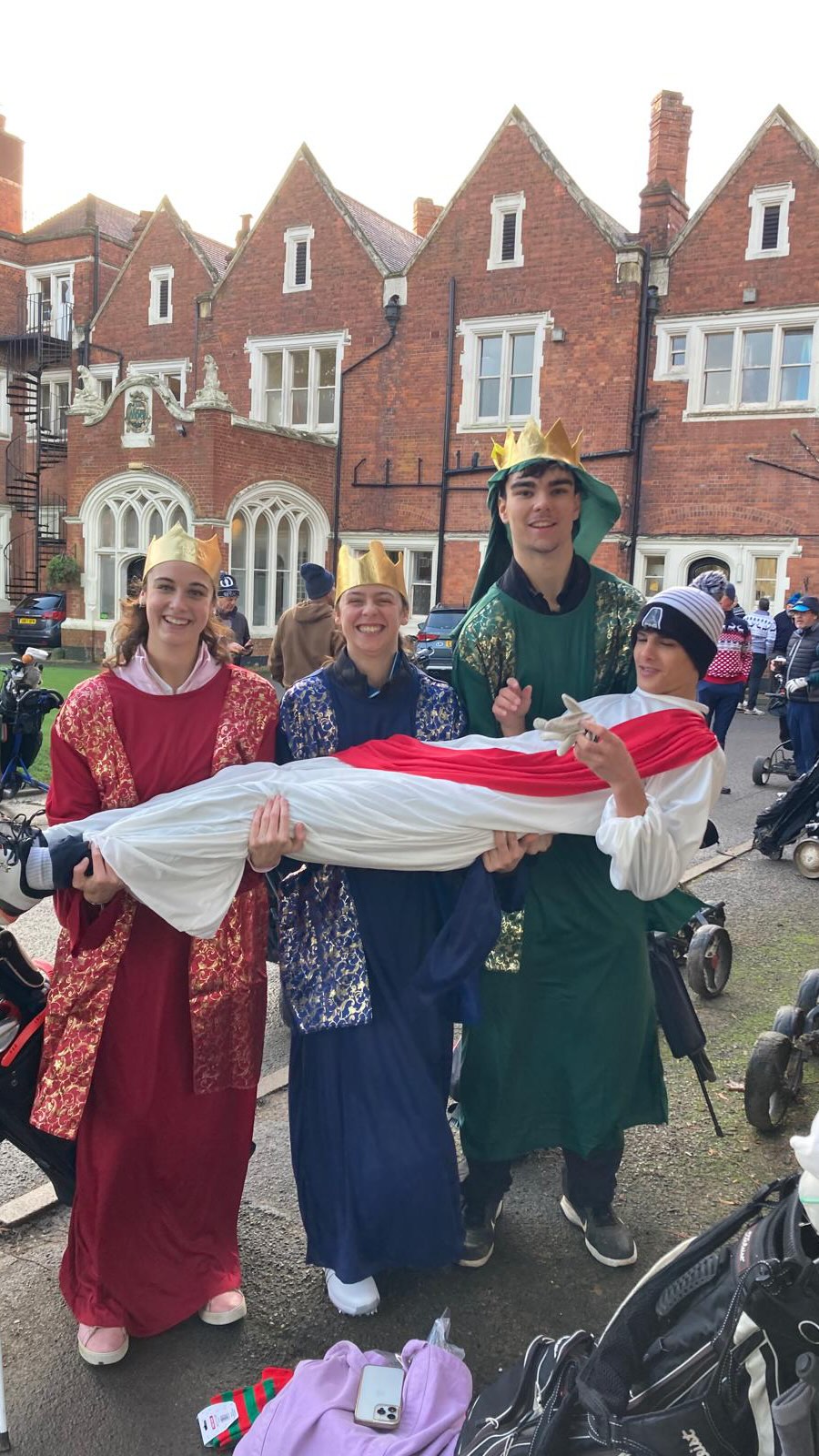Wimbledon Common Golf Club sends warm holiday wishes and announces festive closures for Christmas and New Year.


Wimbledon Common Golf Club sends warm holiday wishes and announces festive closures for Christmas and New Year.

YMCA Southampton welcomed residents and staff for a festive Christmas lunch, fostering connection and community spirit.

Cuddington Golf Club hosted its annual Junior Christmas Lunch and Prize Giving, bringing together young talents and their families for a festive celebration of the season and sporting achievements.
The event recognized outstanding performances across various competitions. Congratulations went out to Charlie Trumper (Christmas Cup), Rhys Mutter (Winter OOM and Collard Cup), James Norden (Summer OOM), Stanley Cheeseman (Stewart Cup), Lucy Jones (Junior Knockout), and Luke Chapman, who was named Golfer of the Year.
The club also expressed gratitude to outgoing Junior Captain Sam Wallace and welcomed incoming Captain Harry Fisher. The event highlighted the strong sense of community and support within the junior section of Cuddington Golf Club.
With the 2026 season on the horizon, the club looks forward to continued success and camaraderie among its junior members.
This text was assisted by AI. Report a problem.

Cheadle Golf Club shares heartfelt Christmas wishes and gratitude to members, staff, and guests for a wonderful year.

Chichester Golf Club wishes all members a Merry Christmas and a Happy New Year, looking ahead to a great golf season.

Justin Thomas recently shared a clever approach to a tricky greenside shot that caught the attention of golf enthusiasts. His technique, demonstrated in collaboration with @NoLayingUp’s @ngschu, offers valuable insight into managing tight lies and delicate chips around the green.

A big thank you to everyone who joined the Turkey Trot at Finchley Golf Club and made it a memorable event!

Sparkles, laughter, and a festive quiz made the Ladies’ Christmas Lunch at Stoke Rochford Golf Club a joyful celebration.

Drift Golf Club launches 2026 ‘Give Golf a Go’ program with free coaching, equipment and a fun way to meet new people.

Give the gift of golf this Christmas with Dunblane New Golf Club’s flexible monetary vouchers.